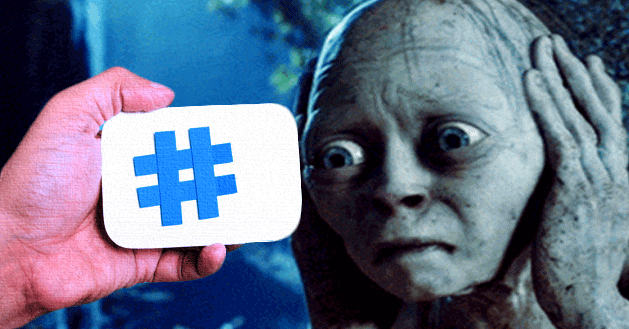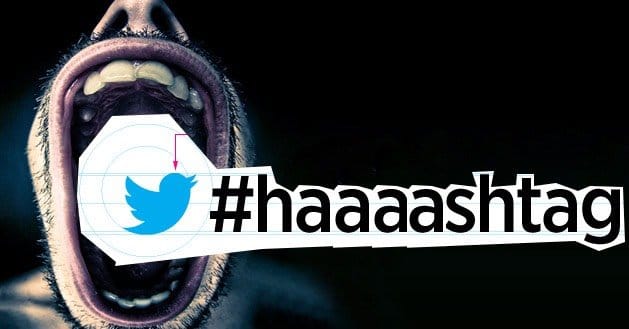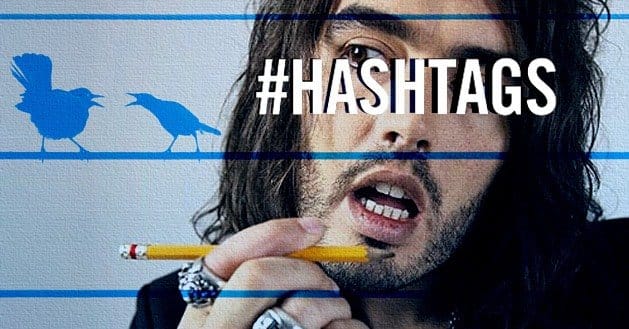 Written by ContentPowered.com
Written by ContentPowered.com
Twitter’s hashtags, at first glance, seem to be a completely open system. You can create any hashtag you like with just a #, and there are no rules governing how you can use them, or what makes them official, or anything else. Want to make a tag? Add a #. Want to use a tag? Write it in your tweet.
Even so, there are a number of unspoken rules, some of which have developed as a sort of community regulation and others which evolved out of the mechanical constraints of hashtags. It’s easy to never realize what these rules are and use hashtags incorrectly, but it’s beneficial to you to actually learn them. There may not be a penalty for using a tag incorrectly, but when you use them properly, you’ll have a better chance at success on the platform. This is particularly important for businesses; showing you know how to use a platform seen as hip and modern gives your business a bit of an edge catering to younger users.
Hashtags are essentially links that link to search results that display other posts that have used that same hashtag. They are a way to categorize posts about a given subject so they are easy to find and follow. Users can have conversations within a hashtag feed by tagging their posts with the same tag each time. Companies can use tags to receive feedback on specific campaigns and products. Hashtags are also great for some research; they can show you what users of a particular tag are interested in or having trouble with, so you can take steps to solve the problem for them.
Hashtags are best used sparingly. Twitter has a length limit that is very restrictive if you’re trying to use too many tags. Sticking with no more than 2-3 hashtags in a post is ideal. You should avoid hashtagging every word in your tweet; comedy accounts may do this ironically, but a business can rarely get away with it. Twitter also recommends that you stick to hashtags that are relevant to your subject. Tossing on an unrelated hashtag makes your post show up in an unrelated feed, which can annoy users trying to have a conversation in that feed.
Now, on to some general rules of thumb for using hashtags on Twitter.
When half your tweet has become one single hashtag, all you’ve done is created a long, overly specific and unusable hashtag. You add nothing; there’s no ongoing conversation surrounding a tag that takes half a tweet to use. Plus, it gets hard to read #atagthatusestoomanywords. Keep your character limit in mind and remember that the purpose of a hashtag is to accumulate posts around a central topic. If your tag isn’t flagging that topic as a hub for conversation, it’s not doing its job, so you shouldn’t use it.
Use Capital Letters
If you’re writing a lovely travel review of Pen Island, you probably don’t want to promote it by telling everyone you went to #penisland. Capital letters are your friend! Hashtags are not case sensitive, so there’s no functional difference between the above and #PenIsland. The second is just much, much more readable and less prone to misinterpretation. This is especially helpful when your tag includes 3-4 words or words that, when run together, can be misread.
Hashtags are a way to organize conversations, and a way for you to hold multiple conversations at once. One thing they are not is a way to accumulate all of your tweets in one place. Can you imagine if every tweet posted by Coca-Cola had #Coke appended to the end? It adds nothing. If a user wants to see every tweet you’ve made, all they have to do is visit your profile. You don’t need a hashtag for that. You don’t need a hashtag on every single post, either. You can let a few tweets go without the tags, particularly if they’re just general comments to your audience. Questions, of course, can do with a specific hashtag to allow users to reply without a @mention.
If you’re not using hashtags, either because you forget or because you’re frightening of using them incorrectly, you’re doing yourself a huge disservice. Hashtags are actually quite easy to use, you just need to do a little research before you use one. Meanwhile, if your profile never uses any, you’re effectively only talking to the people who directly follow you. Hashtags are one of the best ways to get involved with a conversation taking place among users who don’t follow you, and consequently is one of the best ways to gain new followers. Also, a Twitter feed without hashtags is distressingly black and white.
Check Tags Before Use
That research? It’s easy. All you need to do is run a few searches for hashtags you might want to use. You’re looking for one of two things:
- Tags that are actively in use. These tags are perfect if you have something to add to the topic. Find them when you want to contribute to an ongoing conversation, attract new users or provide something of value to those users.
- Tags that are disused or brand new. These are the tags you want to use for your own contests, promotions and ad campaigns. You don’t want to accidentally hijack an ongoing conversation with your contest, the existing users will react poorly. Instead, tweak the hashtag to find something that hasn’t been used before.
Contribute to Hashtagged Conversations
This plays off the first type of tag above. Your purpose on Twitter is to contribute to conversations and build a social network, not to blatantly advertise. When you identify a tag with a relevant, ongoing conversation, read up on what’s been said and what people are talking about. Take your time to create tweets that add to the conversation with your own perspective. Don’t go in trying to sell something; go in with your own free information and attract users to follow you, where they can then be exposed to your blog and calls to action.
Create Inventive Tags for Campaigns
This one plays off the second type of tag from two points ago. Just be courteous to the people already having conversations on the platform. You wouldn’t get on stage at a music concert, steal the mic and launch a product sales pitch; don’t hijack an active tag to do the same. It’s easy enough to swap around words or add some just to make the tag unique. It’s a great way to add some subtle branding to the tag as well.
That’s really all there is to it. Do some research, don’t overuse or under-utilize hashtags and respect the people having conversations using existing tags.



